Manchester based artist Liz West graduated from The Glasgow School of Art in 2007. Since then she’s been busy with many exhibitions, commissions and residencies. Here she tells us more about her largest ever commission for the National Media Museum in Bradford.
I was awarded a 30K commission from the National Media Museum in February 2015 to create an new artwork to be part of their Season of Light to celebrate the UNESCO International Year of Light. I wanted to create a field of saturated coloured light as an immersive light work using hundreds of fluorescent lights mirrored into infinity creating an additive mixture of light. Within my work I wanted to explore how hundreds of different coloured lights together would create an abundance of white light (scientifically named an additive mix), that glows with such intensity, that it lures visitors into explore the seemingly endless space.
From early in the planning and proposal stages I knew how I wanted the work to look, but I wanted to make sure I was using the most appropriate materials for the job. Hours were spent trawling the internet and learning about different types of mirrors and what they offer. The same applied to the lighting element – I received advice from experts in the field as I weighed up the pros and cons of using LED or fluorescent lights. After deciding to use fluorescent I then had to choose the right size, thickness and output – all this information was constantly being fed back to the exhibition designers in order for them to draw up detailed plans and to the museum so they could order the correct kit. Every decision at this stage had a huge impact on the project including the budget so needed to be carefully considered. This is when I felt the most pressure in the whole commission, I wanted to get it right first time around. Any indecision or mistake would have cost later down the line.
Choosing the different coloured filters which were to be placed within polycarbonate sleeves alongside a UV filter to stop colour fading over the duration of the exhibition was the most fun! I had a swatch book of over 300 colours and shades to select from, but I wanted to use the most vibrant and visible when put in front of a light source.
I started to make drawings of how I envisaged the installation to look. This not only occupied my hands, but it also allowed me to think out loud on paper about where to position the colours. These ‘maps’ allowed other people working on the project an insight into my mind’s eye.
I created a downsized maquette in my studio to test how the lights would interact with the mirrors. It was another attempt to paint a clear picture of my intentions for the final work to the designers and museum staff.
With only a few months to go until install, it was at this point that a lot of details about the work were being discussed. I would spend days and days glued to the phone making sure every eventuality and detail had been communicated to all parties and considered in the design before building began.
Working on such a major piece, I wanted every element to be perfect. Early in the commission process I knew that my construction skills weren’t good enough to build the installation to my desired spec so I consulted with the museum to bring on board external contractors to build and wire up the installation. In past works/exhibitions I have always worked closely with my team to build works in my studio or sometimes site specifically, so letting go of this element initially felt very strange, especially whilst my installation was under construction. The museum were in daily contact and digital images of the evolving work were being whizzed straight to my inbox for approval.
I came to install my part of the work right at the end after the builders and electricians had done their part. I was responsible for placing the coloured sleeves over the white fluorescent lamps in a certain order. In order to create white light from all colours in the spectrum the amount of each colour had to be equal in quantity and placed evenly and systematically across the space.
With each of the 250 fluorescent lamps being six feet long, I worked alongside the Project Management Support Assistant to install the coloured filters as they were too long for just one person to clip into the eight foot tall ceiling rig. From the outset, good levels of communication had to be maintained to ensure movement up and down the ladders in unison to install the lighting into the desired position. Periodically all the lights would be switched on to allow me to judge if what I had previously installed was working as I wanted it to.
I am delighted with the final outcome and happy that it looks as good as it did in my mind. Having translated my ideas to several parties (successfully), I feel that I have learnt so much from this commission process and how to project manage as well maintaining my position as lead artist.
Light Fantastic: Adventures in the Science of Light will be showing Liz’s light installation titled An Additive Mix at the National Media Museum from 18 July – 1 November 2015. Find out more about the exhibition here.
Read more about Liz and her collecting habits in Central Station’s Q&A here.
More: Website | Blog | Behance | Facebook | Twitter
//////
Looking for more blogs? Visit here.




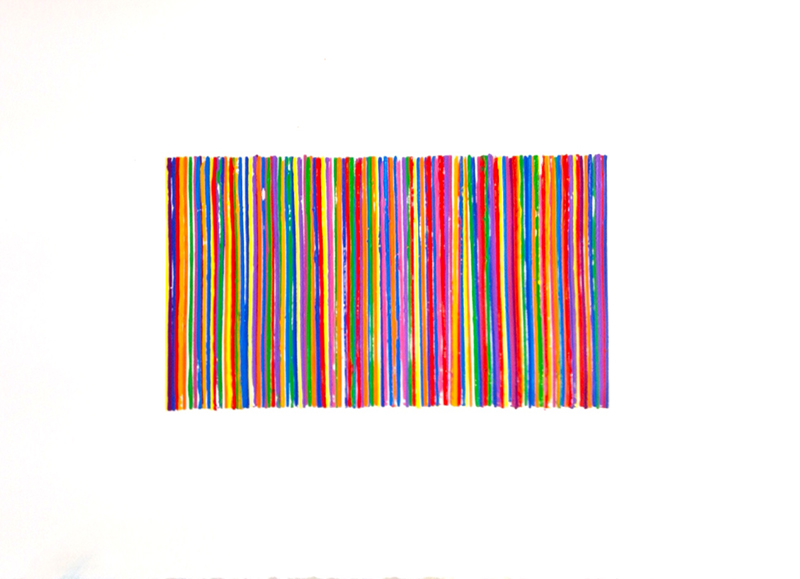
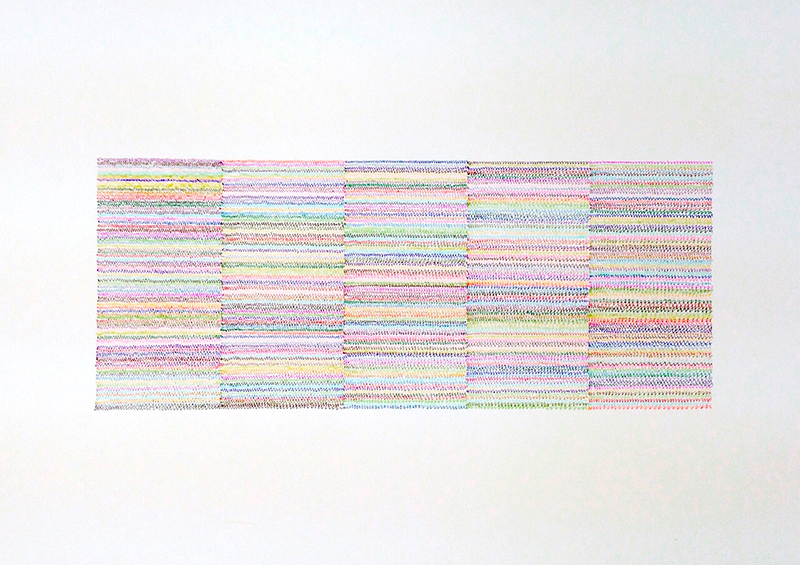



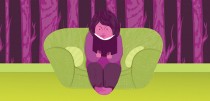
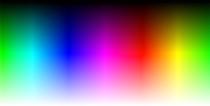
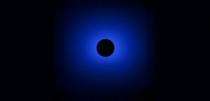









Comments